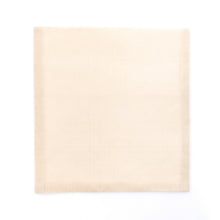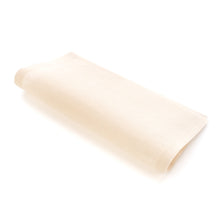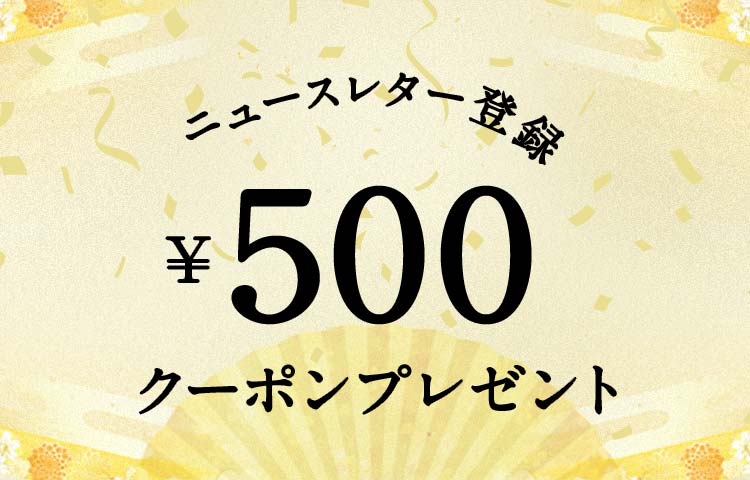
*The pattern may be different from the image shown due to the cutting process
Detail
| Product : | Dashi-fukusa Cloth (O-meibutsu-gire) (Tea-things) (Kobana Monra) |
|---|---|
| Type : | 出帛紗 |
| Size (cm) : | W27.0×H28.0 |
| Tags : | 130th anniversary object-3、 stoat、 Wrapping available、 Great masterpiece、 Tea utensils、 fukusa、 |
| Other : | The pattern may be different from the image shown due to the cutting process. Please understand this in advance. |
| Other : | Gift wrapping service available |
Reviews
Description
Dashi-fukusa is used in the Omotesenke school, one of the tea ceremony schools.
Fukusa is made from the finest brocade that has been carefully woven. This is the best item that you would like to use for a special tea ceremony. It is popular as an accompaniment to a tea ceremony or as a gift.
[Restoration of Meibutsu-gire]
The founder, Heizo Tatsumura, raised the status of textiles to the level of art as a leading figure through the restoration of ancient textiles and famous textiles. That spirit has been passed down through generations and continues to this day. Knowledge gained from thorough research on ancient textiles from raw materials, technology acquired by knowing all kinds of techniques.
The comprehensive power of weaving that makes full use of these is the basis for restoring ancient textiles.
Patterns
Kobana Monra
It is a crest that expresses a plum blossom-style small flower pattern. The Luo technique, in which four warp threads are twisted as a unit, has a history dating back to BC in China, and has been handed down to the Ming Dynasty as one of the successive dyeing and weaving techniques. Although it prospered in Japan during the Nara period, it declined after the Heian period, and in the Muromachi period only a small number of ra were produced. In such a situation, it goes without saying that such a luo was prized. This is one of the five types of shifuku of 'Rikyu Mosso', and is described in 'Taisho Meikikan' as 'Roji Kakiiro'. It must have been mistaken for silk because it was thin. As the name suggests, it was originally a persimmon color, but in the restoration, it was left white so that you can appreciate the refreshing taste of the original "Ra".
It is a crest that expresses a plum blossom-style small flower pattern. The Luo technique, in which four warp threads are twisted as a unit, has a history dating back to BC in China, and has been handed down to the Ming Dynasty as one of the successive dyeing and weaving techniques. Although it prospered in Japan during the Nara period, it declined after the Heian period, and in the Muromachi period only a small number of ra were produced. In such a situation, it goes without saying that such a luo was prized. This is one of the five types of shifuku of 'Rikyu Mosso', and is described in 'Taisho Meikikan' as 'Roji Kakiiro'. It must have been mistaken for silk because it was thin. As the name suggests, it was originally a persimmon color, but in the restoration, it was left white so that you can appreciate the refreshing taste of the original "Ra".


















